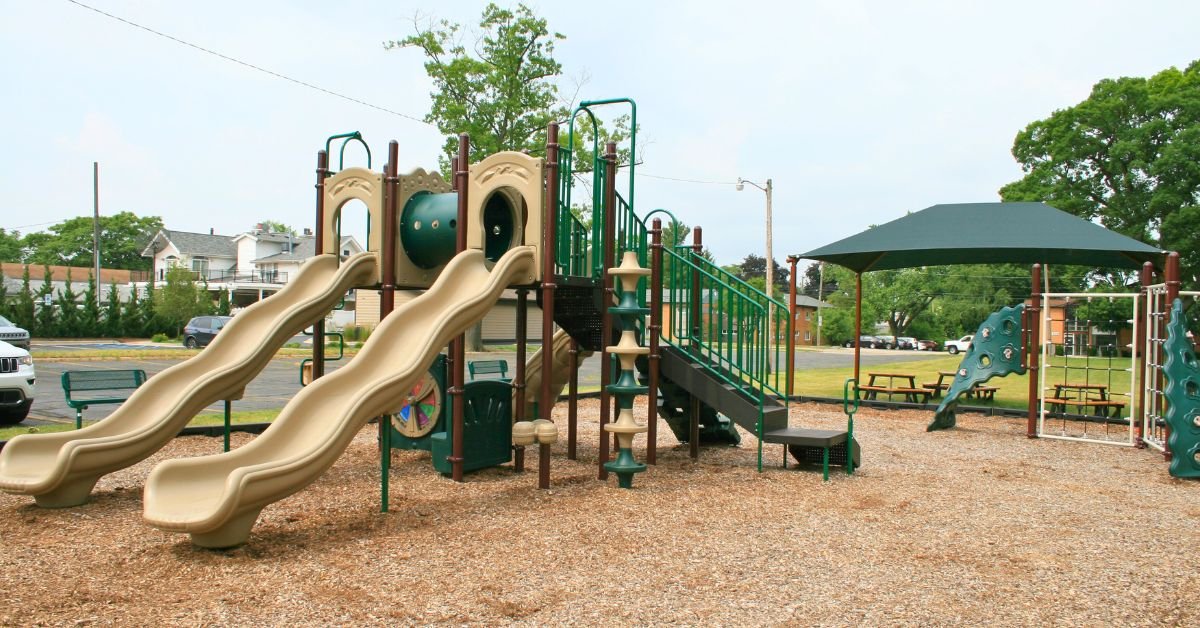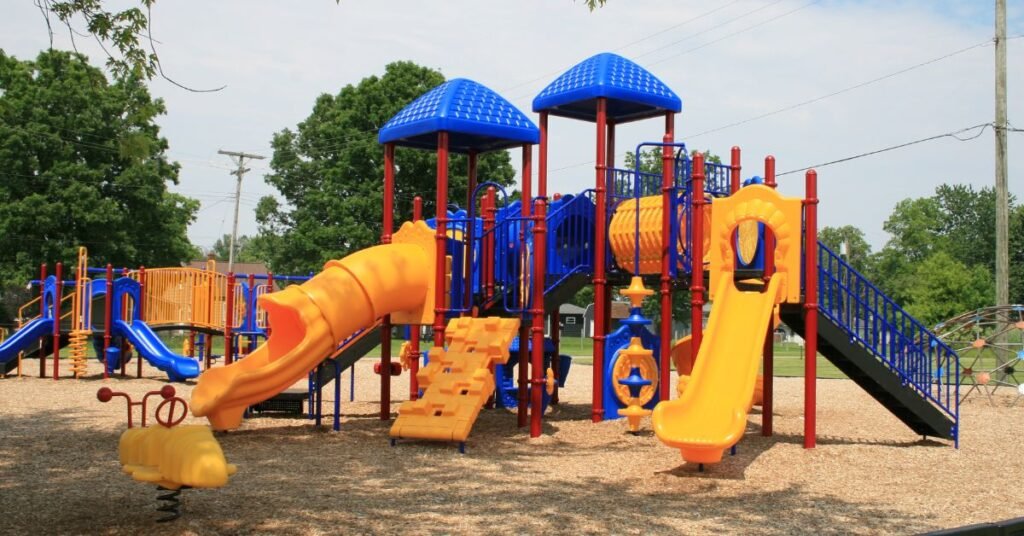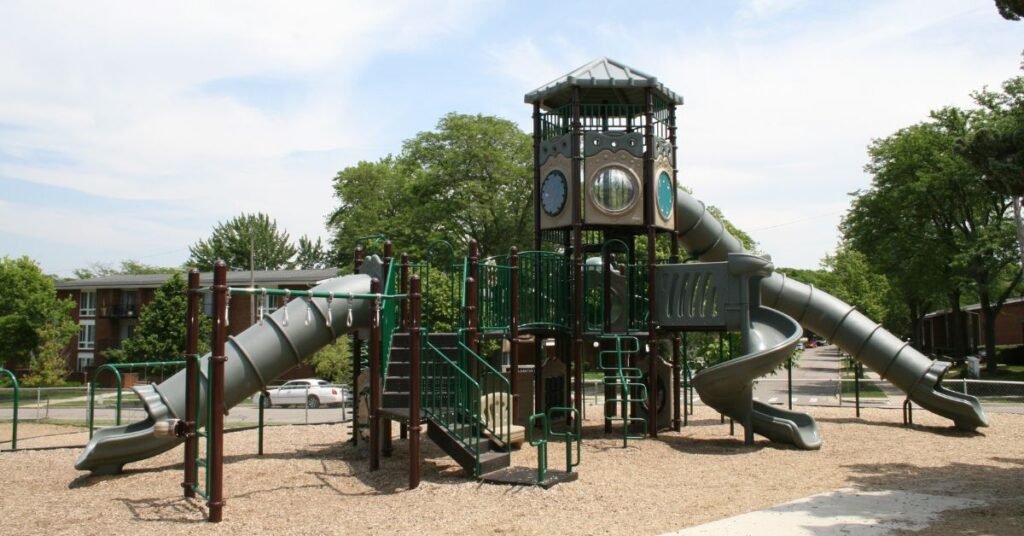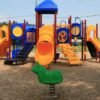
A playground can turn a quiet afternoon into a lively scene of laughter, shrieks, and chatter. Show up at your neighborhood park on any sunny day and you’ll spot parents sharing benches and swapping stories as their kids invent wild games on the monkey bars. Toddlers waddle toward the sandbox, eager for a new friend to share a bucket, while older kids band together for impromptu races or a game of tag that somehow includes everyone.
One moment, a group of strangers shows up; the next, they’re trading parenting tips, arranging playdates, or cheering on a child mastering the big slide for the first time. Even folks without little ones stroll by and smile, taking in the sense of shared joy rippling out from the play area.
That’s the secret magic of public playgrounds: they pull people together, sparking conversations and building trust. Let’s dive into the wonderful, messy ways these pocket parks stitch our neighborhoods into real communities—one swing push, high five, and friendly hello at a time.
Creates a Neutral Zone for Parents to Connect
Parents often live busy, parallel lives, rushing from school drop-offs to work to errands. Public playgrounds offer a rare, relaxed space where these paths can finally cross. While keeping a watchful eye on their kids scrambling up a climbing structure, parents find themselves with unstructured time.
This downtime naturally leads to conversations that might never happen otherwise. You start with a simple exchange about the kids’ ages or a comment on the weather. Soon, you’re sharing parenting tips, laughing about toddler antics, or discovering you work in the same industry.
These small interactions are the seeds of genuine friendships. The playground becomes a social hub where adults can decompress and build a support network with others who understand the unique challenges and joys of raising children. It’s a place to find solidarity and friendship, one conversation at a time.

Encourages Intergenerational Mixing
Playgrounds are one of the few public spaces that naturally bring together people of all ages. They are not just for kids and their parents. You will often see grandparents relishing time with their grandchildren, sharing stories and creating memories. Teenagers might use the open space for a game of catch or simply hang out on the benches, while college students might find a quiet spot to read a book.
This casual mixing of generations fosters a stronger community fabric. Younger children learn how to interact respectfully with older adults, and seniors get to enjoy the vibrant energy of youth. These settings break down the age segregation common in modern life, creating a shared space where everyone feels a sense of belonging. The simple act of sharing a park bench can bridge generational gaps, building mutual understanding and respect across the community.
Teaches Children Essential Social Skills
Playgrounds are the original classroom for social learning. Far more than just a place to burn off energy, they are dynamic environments where children navigate complex social interactions. Here, they learn the art of cooperation by deciding who gets to go down the slide next or by working together to build a sandcastle. They practice negotiation, patience, and sharing—skills that are fundamental to building healthy relationships throughout their lives.
When a disagreement arises, kids have the opportunity to develop conflict-resolution skills, learning to express their feelings and listen to others’ points of view. These organic lessons in empathy and teamwork are invaluable. Children discover how to include others, make new friends, and function as part of a group, all while having fun. The playground provides a safe, low-stakes setting for this crucial social development.
Fosters a Sense of Shared Ownership and Pride
A well-loved playground quickly becomes a source of community pride. When residents see a vibrant, clean, and safe place for their children to play, it cultivates a sense of collective ownership. This shared space belongs to everyone, and that feeling encourages people to take care of it. You might see neighbors picking up stray litter or reporting a piece of broken equipment. This shared responsibility strengthens community bonds.
When a town invests in high-quality commercial playground equipment in Michigan, for example, it sends a powerful message that the community values its children and families. This investment often inspires residents to become more involved in other local initiatives, from organizing park clean-up days to advocating for further improvements. The playground transforms from a simple recreational area into a symbol of a community that cares.

Promotes Physical and Mental Well-Being for All
The benefits of playgrounds extend far beyond social connection; they are vital for the health of the entire community. For children, climbing, swinging, and running develop crucial motor skills, improve balance, and build physical strength. This active play is essential for combating sedentary lifestyles.
But the wellness benefits are not just for kids. Adults who bring children to the park often engage in more physical activity themselves, whether it’s pushing a swing, chasing a toddler, or simply walking around the perimeter. Furthermore, spending time outdoors in a green space has proven mental health benefits, reducing stress and improving mood for people of all ages.
The laughter and positive energy of a playground create an uplifting atmosphere that can provide a much-needed mental break from the pressures of daily life.
Bridges Cultural and Socioeconomic Divides
Public playgrounds are one of society’s great equalizers. Because they are free and open to everyone, they attract families from all walks of life, regardless of their income, background, or culture. On any given day, children who might never cross paths in school or other settings can be found playing together in the sandbox or racing to the swings. In this shared space, superficial differences fade away.
The focus shifts to the universal language of play. This interaction fosters understanding and breaks down barriers from a very young age, teaching children to appreciate diversity. Parents, too, find themselves striking up conversations with people from different backgrounds, discovering common ground in the shared experience of parenthood. These simple, human connections build a more inclusive and tolerant community where everyone feels welcome.
Final Thoughts
Nobody ever outgrows the joy of a playground—you can spot it in the faces of kids racing for the monkey bars or adults swapping stories on the sidelines. You’ll find that public playgrounds bring people together in ways you never expected. Maybe your child will find a new friend while timing their jumps or spark an unexpected conversation while waiting for their turn on the swing.
The next chance you get, let curiosity (and a little playfulness) draw you to your local park. Who knows? A simple hello or shared laugh might just be the start of something wonderful. Grab your sneakers, pack a snack, and rediscover the magic of playing together.


